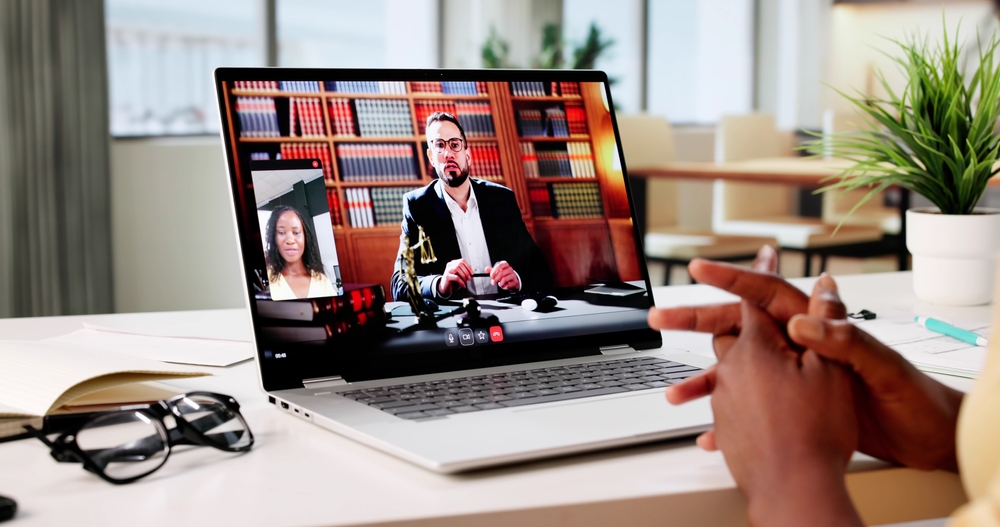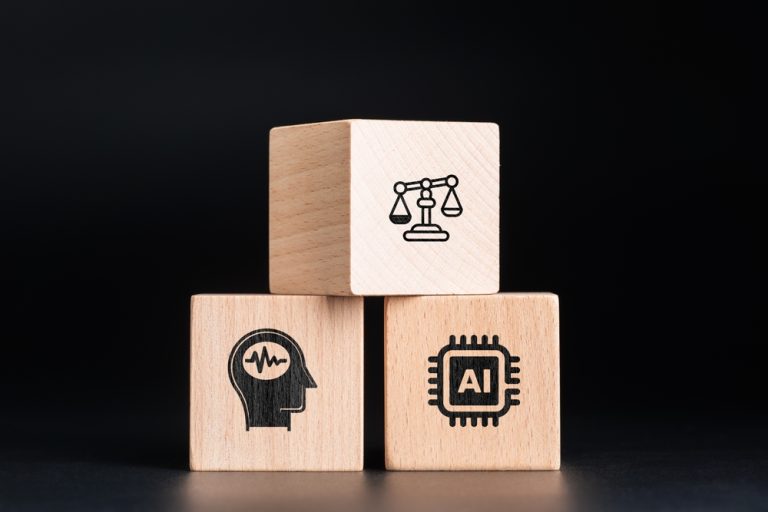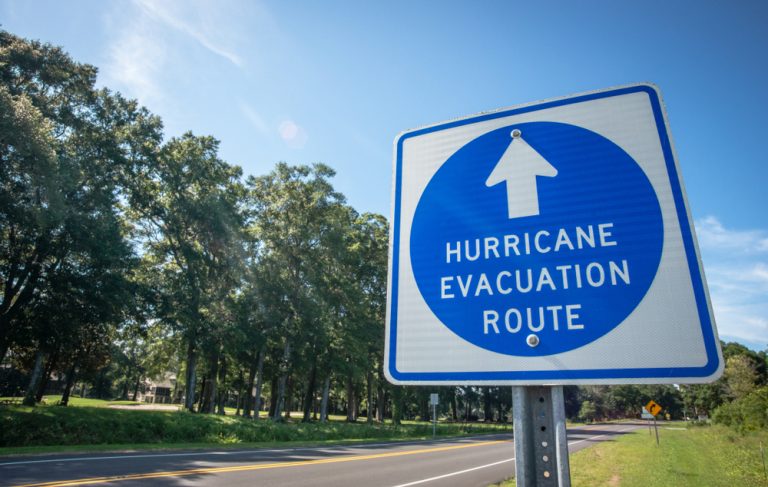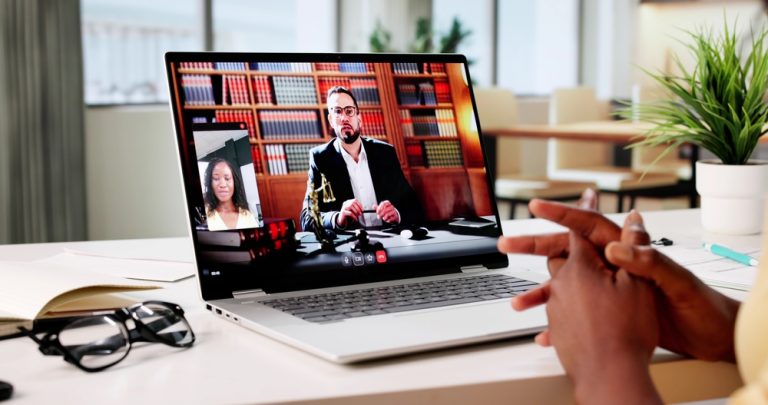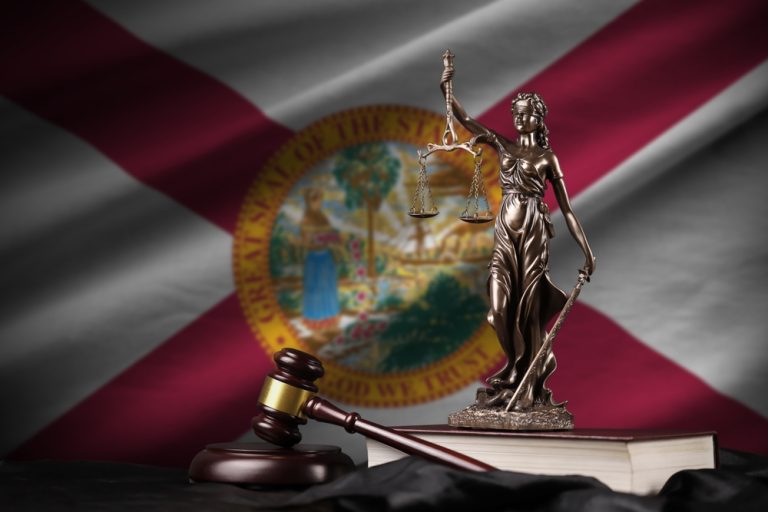How Counsel, Claims Managers, Mediators and Judges Have Managed the Permanent Shift to Virtual Construction Litigation
How Counsel, Claims Managers, Mediators and Judges Have Managed the Permanent Shift to Virtual Construction Litigation
Five years after COVID-19 forced in-person proceedings to go online, computer screens have remained the deposition venues, mediation spaces and often the courtrooms for construction litigation. The legal and insurance claims industries, along with mediators and judges, have adapted to this new landscape remarkably well, taking advantage of its benefits and working through its challenges.
However, conducting complex construction litigation events virtually has affected the timeline of cases, altered professional relationships and impacted judges’ understanding of intricate issues. From a claims management perspective, virtual proceedings have influenced reporting and claim processing in an environment of stricter court-imposed deadlines.
This article will explore how virtual litigation has reshaped case management and resolution for the better – and how litigators, claims managers, mediators and judges have addressed the challenges that remain.
The Benefits of Virtual Legal Proceedings
The list of positives to virtual legal proceedings is long and explains why it has lasted far beyond its need during the pandemic. It includes:
- Cost-effectiveness: Virtual proceedings significantly reduce travel costs, accommodation expenses and venue rental fees.
- Increased accessibility and time efficiency: Experts, witnesses and clients from different locations can join from anywhere and participate with ease.
- Document sharing: Digital platforms facilitate seamless sharing and presentation of documents and evidence.
- More frequent, shorter interactions: Virtual platforms facilitate quick check-ins and updates, potentially improving communication.
- Expanded networks: The ease of virtual meetings has allowed professionals to connect with a broader range of colleagues and experts across geographical boundaries.
- Better display: High-quality digital presentations, 3D models and even virtual site tours aid in explaining complex issues.
- Claim processing efficiency: While challenging, this shift has pushed the industry toward greater technological adoption.
The Challenges of Virtual Legal Proceedings
Like any solution to a problem, virtual proceedings bring new challenges that can be amplified in multiparty construction-defect cases.
These include:
- Technical trouble: Internet connectivity issues, user errors, audio/video problems and unfamiliarity with the technology can delay and disrupt the litigation event. For instance, presenting “as built” plans to a witness can often be difficult to review if zooming in causes the image to become pixelated and difficult to read.
- Reduced nonverbal communication: It is harder to read body language and facial expressions in virtual settings, which can be crucial for mediators in
- A significant concern in the transition to virtual proceedings has been whether judges who are new to complex litigation can fully grasp the issues in construction-defect cases without in-person hearings negotiations and attorneys during witness examinations.
- Difficulty in building rapport: The informal interactions that often occur during in-person proceedings are lost in virtual settings, especially affecting mediations.
- Lost attention span and engagement. Participants may find it harder to stay focused during long virtual sessions, a particular problem for mediators and judges.
Additional Complications Requiring Solutions
Judges, counsel and parties have largely accepted the tradeoffs presented by the aforementioned pros and cons for virtual proceedings, but other issues are more complicated.
Off –Camera Improper Coaching
For example, virtual depositions present the potential for off-camera, improper coaching of witnesses as they answer questions. According to Formal Opinion 508 of the American Bar Association, remote proceedings make it “relatively easy for an off-camera lawyer or someone acting at the lawyer’s behest to signal a witness with undetectable winks, nods, thumbs up or down, passed notes, or the like.”
Massachusetts recently amended its civil procedure rules to address this temptation, stating, “The sound and video feeds for the deponent, participating counsel for the parties, self-represented parties, and the court reporter must remain on while the video-conferencing deposition is on the record.” Presumably, this rule would reveal anyone trying to whisper advice to the witness, but other rules and counsel agreements may be necessary to cover other avenues for improper coaching.
Increase in Workload and Pace of Legal Work
Paradoxically, the efficiencies that virtual proceedings provide may come at a cost to legal professionals as they get caught in a cycle of overwork and over-performance. The expectation for rapid turnaround times, fueled by the perceived convenience of virtual platforms, has dramatically intensified the pace of legal work. This acceleration has led to a surge in case filings, an expanded workload, and higher client and judicial expectations.
Unfortunately, the increased productivity has not been met with a corresponding increase in the number of attorneys who handle construction-defect litigation. This reality also plagues claims professionals, whose caseloads can exceed those of their attorney counterparts. Both populations are working in an environment where the boundaries between professional and personal time blur and stress levels are at an all-time high.
There is no simple fix to this problem, but fortunately, leaders in our profession now fight to destigmatize mental health treatment. Practitioners should take advantage of the many available resources, such as articles on mental resilience (such as this one by DRI) and the confidential (and usually free) lawyer assistance programs every state bar offers.
The Mediators’ Perspective
Mediators play a crucial role in resolving construction-defect disputes, and they have been dealing with the same challenges to virtual proceedings as attorneys and claims managers. Reading nonverbal cues, building relationships and keeping parties engaged are all harder online. While breakout rooms are available on most platforms, facilitating quick, impromptu private discussions are more challenging in virtual settings because they require calls, texts or emails amid mediation.
However, many mediators have found innovative ways to overcome these hurdles, developing new skills in managing virtual group dynamics and obtaining positive outcomes. According to a Harvard University dispute resolution blog, a mediation professor at Creighton University urges mediators “to highlight these challenges and to ask disputants to communicate their thoughts and feelings as clearly as possible.”
“Mediators should also be prepared to pause conversations to restate what they’ve heard and ask parties for clarification,” the blog added. Moreover, the author emphasized that sharing personal information, perhaps about common issues, can help reduce the anonymity and detachment that can stifle mediations.
The View from the Bench
A significant concern in the transition to virtual proceedings has been whether judges who are new to complex litigation can fully grasp the issues in construction-defect cases without in-person hearings. This concern was particularly relevant given the often technical nature of construction disputes.
In recent years, perfunctory hearings and status conferences were well handled virtually, saving everyone the time and expense of scheduling and traveling to the courthouse. But, in-person construction-defect evidentiary hearings have been crucial for ensuring a fair and thorough examination of evidence. These hearings often involve complex technical details, physical evidence, and expert testimony that are best evaluated in person. Face-to-face interactions allow judges and attorneys to assess credibility, examine physical exhibits closely, and engage in real-time questioning. Conducting a similar proceeding remotely could impair these functions and cause suboptimal results.
Fortunately, many judges tended to agree that these matters should occur in person, demonstrating a wise delineation between when virtual proceedings make matters more efficient and when they do not.
Claims Management Adjustments
As noted above, the shift to virtual proceedings has significantly intensified the work of claims managers. Courts have often imposed stricter deadlines in virtual settings, pressuring claims managers to process and respond more quickly. The move to digital claim files has improved accessibility but requires robust data management systems. Site inspections and evidence gathering now often involve remote technologies, changing how claims are initially assessed and documented. Communication challenges and cybersecurity concerns have added a layer of complication.
However, many claims management teams have responded with admirable innovation. They have implemented new digital tools for claim tracking and analysis, increased their IT support to handle the technical aspects of virtual claims processing, developed new training programs to help staff navigate virtual proceedings, created new protocols for secure digital information sharing and storage, and prioritized outside learning to keep abreast of the latest developments.
Conclusion
The landscape of construction litigation has been irrevocably altered by the shift to virtual proceedings. While challenges persist in complex multiparty construction-defect cases, the industry has demonstrated remarkable adaptability. On balance, the benefits of cost savings, increased accessibility and scheduling flexibility weigh equally in comparison to the need for new skills in virtual communication and presentation.
As we move forward, a hybrid model combining the best aspects of both virtual and in-person proceedings may emerge as the best approach, but only time will tell.
This article was originally published in the September 2025 issue of For the Defense, a magazine for defense, insurance and corporate counsel published by DRI and is republished here with permission from the publication.
